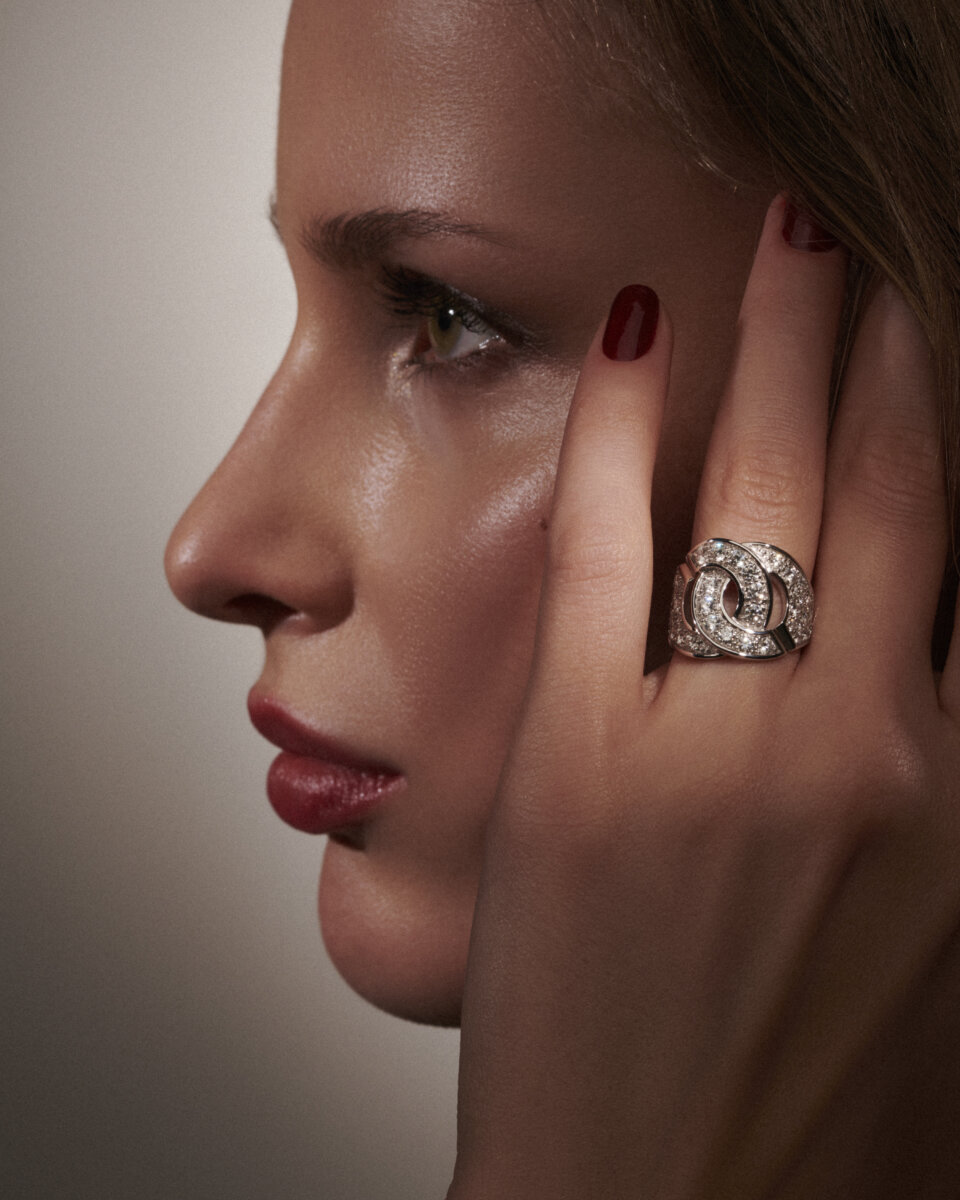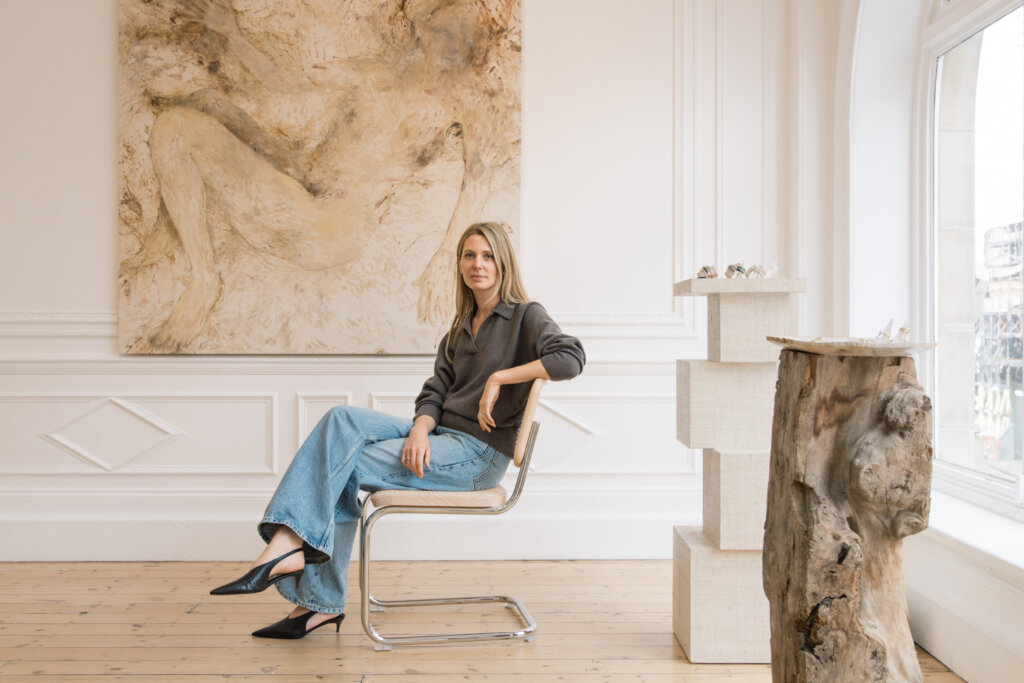
T
he foundation of iconic Parisian maison, dinh van, is rooted in rebellion. Following in his father’s footsteps, Jean Dinh Van spent ten years honing his artistic vision and skillset designing jewelry for Cartier. Adept at creating pieces that would appeal to modern-day aristocracy, in 1965, the artesian designer responded to over-arching cultural shifts and launched his eponymous brand. Eschewing the aesthetic constructs of Place Vendôme, Jean endeavored to develop pieces that could be worn every day, everywhere, by everyone.
Through the use of clean, sophisticated lines, he created a collection that reexamined perceptions of precious jewelry with sculptural pieces that were elegant in their simplicity.

While the worlds of literature, art and fashion were being revolutionized by trailblazers of the time such as Françoise Sagan, César, Pierre Cardin and Yves Saint-Laurent, jewelry, Jean noticed, was still being kept in a box. Through the use of clean, sophisticated lines, he created a collection that reexamined perceptions of precious jewelry with sculptural pieces that were elegant in their simplicity. Taking a nod from a Bauhaus design sensibility, he combined form with function and drew inspiration from everyday objects around him, such as a key, a lock, a razor blade or a drawing pin.

Jean Dinh Van also bucked norms by sculpting gold without the use of a sketched renderings, made round rings square, hallowed out medallions and introduced tubular shapes. While he revered gold for its inherent characteristics, he was fearless in creating new combinations in materials such as steel and gold. Perhaps most recognizable, rather that painstakingly hiding clasps in his chains to make them as discrete as possible, as all jewelers were trained to do, he designed them to be a prominent feature of his work.

Today, nearly 60 years after it was founded, the maison continues to honor the tenets of its namesake. A bedrock of the designer’s artistic ideal, the dinh van Maillon remains a central motif of the brand. Inspired by the rectangular links with softened corners adorning the place de lOpéra, the Maillon is the expression of the designer’s penchant for geometric and minimalist forms, which he sculpted and reworked until he landed upon perfect proportion and balance.

The clasp of the Maillon chain features two beveled cuts that mark the two central links, and the ability to interconnect necklace with bracelet, bracelet with choker, allows for collectors of the work to express their mood and attitude with a single design theme.

Another iconic design of the maison, the Menottes, was first envisioned when the designer was looking at the head of a key. With this concept in mind, he intertwined two identical heads to form an ingenious clasp that appears almost impossible to unclasp. Whether mounted on a gold chain, a string of pearls or a simple cord, the Menotte has since become synonymous with an unbreakable bond and attachment between two people. Ageless and genderless, the collection has been expanded upon in a variety of designs and continues to blur the lines between masculine and feminine.


